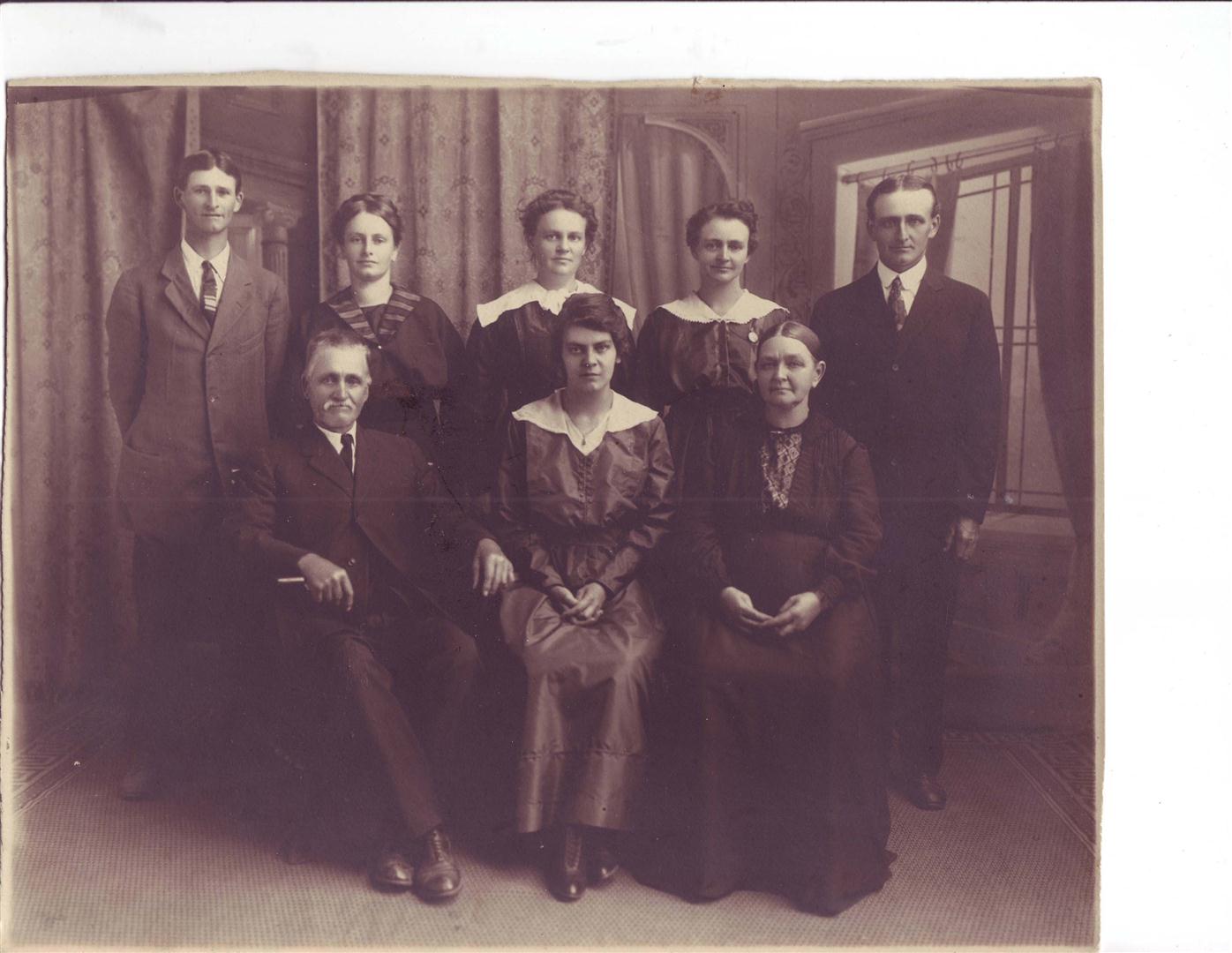People have forgotten just what a scourge the disease of tuberculosis was. Entire families were afflicted by this disease and it was a common cause of death among the young as well as the old. TB has been around a long time – researchers have found evidence of the disease in prehistoric human remains and Egyptian mummies. I’m going to stay very non-technical in this post – if you want to know more just Google the history of tuberculosis and prepare to be overwhelmed!
The two types of tuberculosis in our family were known as pulmonary tuberculosis and “bone” or extrapulmonary tuberculosis. The primary cause of TB is a bacillus – in really lay terms “a bacterium” that can divide roughly every 16 to 20 hours. It’s not considered a fast grower, but it is a hearty little devil and can withstand weak disinfectants and survive in a dry state for several weeks.
Pulmonary tuberculosis is spread by the cough, sneeze, or spit of an infected person becoming airborne and someone else inhaling it. Think about the close living arrangements of families on farms and it’s easy to see how entire families were infected. Infection with TB did not always equate to the disease becoming active – I have seen numbers in my reading that stated anywhere from 15-40% of those infected became active.
Generally, the bone type of TB was acquired through the consumption of unpasteurized milk or consumption of meat from an in infected cow. On the Washington State Department of Agriculture website there is a compiled history concerning the State Veterinarian. There is an entry discussing tuberculosis testing of cattle that states, “Herds of up to 150 head were often found to be 100 percent reactive.”1 This was during a time when every farmer had from 4-10 dairy cows for production of, at least, the family milk, and they usually sold the extra to the local dairy. The farmers also had a few young steers that they raised to butcher and almost all of these cattle carried the disease. “It would take until 1988 before Washington is declared Tuberculosis free by the Washington State Agricultural Department.”2
The real break-through in stopping the spread of TB came in 1944 when a new antibiotic called Streptomycin was administered for the first time. It immediately stopped the progression of the disease and the bacteria disappeared from the sputum, making the chance of recovery was excellent. All diseases mutate to survive and TB immediately did so, but new combinations of drugs solved most of those problems. In developed countries TB has been significantly reduced. It remains a huge problem in undeveloped countries and new drug resistant strains are still being found. This development came after many in my Burgraff and Kortlever line died from the disease.
1. Washington State Dept. of Agriculture, Washington State Dept. of Agriculture – Animal Health (http://www.secstate.wa.gov/library/docs/AGR/SL_AGR2004_000007.html : accessed 19 Jun 2009), 1929 entry.
2. Ibid.
